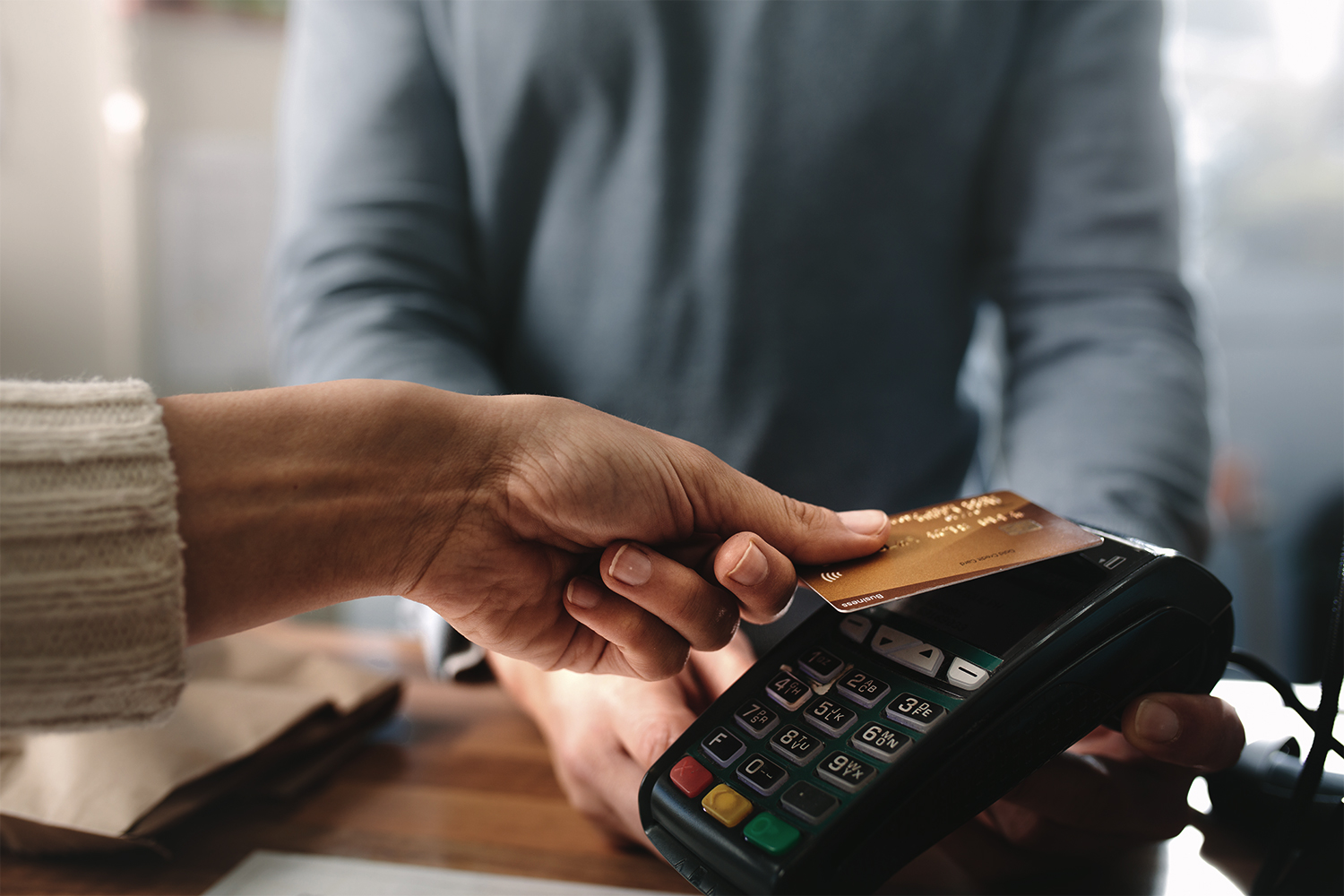Thanks to their ease of use and application possibilities, digital wallets are revolutionizing the banking industry and identity management.
The responsibility of payment processors in digital transactions

Payment processors are one of the fundamental pieces within the logistics of electronic payments. The retail market, the financial sector and any industry that carries out online transactions benefits from their implementation. Their growth is a symbol of progress; however, they are not exempt from danger, and regulations to tax the money flowing through them are becoming stricter and stricter.
E
lectronic payments: changes and trends
Card payments have been popular for decades but have been affected by certain changes in habits in recent years. It is interesting to note how from the start of the current century until the onset of the 2020 crisis, the trend was to progressively push cash into a corner. In the euro zone, the use of physical currency fell from almost 80% of total transactions in 2000 to 60% in 2020. However, in countries such as Sweden, we are talking about a percentage of less than 20%. In this and other countries with similar e-payment implementations (such as South Korea), it is not uncommon to find signs in stores prohibiting cash payments “for your own safety”. Even street musicians or homeless people asking for a handout on the subway, use a sign with their phone number so that contributions can be made by Zelle, Bizum or similar. In the United States, the use of cash has also declined significantly, by more than 15% in the 2000 – 2020 interval. This trend took hold with the crisis and, although cash payment is still relevant, its use is steadily declining. According to a recent study by the European Central Bank, the decline is around 13% on average across the continent, with Spain, Cyprus and Latvia topping the list of countries that have cut cash usage the most.
As a result of growth in volume of electronic payments, which doesn’t seem likely to stop in the short term, the structure of those involved in them must be stronger than ever. As reflected in a report by the consulting firm Gad3, 75.1% of the surveyed people consider that digital payments are more prone to scams and frauds and 72% uphold that cash protects privacy better. This contrast indicates that users value the fact that electronic payments are fast and convenient but distrust the security protocols applied to them.
Payment processor at the center of digital finance
One of the central elements of such a structure is the payment processor. In simple terms, a payment processor is an entity that is responsible for processing financial transactions between a buyer and a seller. This includes collecting funds from the buyer, verifying payment information, and transferring the money to the seller. Ultimately, it is responsible for moving the money between the customer and the merchant in a process that begins when the buyer provides their credit or debit card information, via plastic in a card reader, by entering the number, with a mobile device in contactless mode or any other established method, either in a physical store or in e-commerce. The data is transmitted to the processor through a payment gateway. The processor, in turn, sends the data to a card network such as VISA or Mastercard (in case a credit card has been used) or to the bank network (debit), which will proceed to authorize or reject the payment. If the transaction is approved, the payment processor is responsible for informing the card issuer or ‘issuing bank’ to send the funds to the merchant’s bank (the ‘acquiring bank’). Finally, the transfer is made, which will be effective immediately or within a few days, depending on the type of acquiring account.
Throughout all of this activity, which takes only a few moments, payment processors not only make it easier for money to pass from one hand to another, but also ensure that sensitive user information is protected at all times, away from third parties with dubious intentions. In other words, they are a key element in the protection of privacy and the fight against fraud and money laundering (anti-money laundering or AML).
The market for these companies that connect merchants with banks is growing steadily, in line with the trend away from cash mentioned above. Major players such as Paypal have carried out large mergers in the last decade, aware of the specific weight that the sector is going to gain in the coming years. According to experts, the value of the payment processing industry will reach close to $150 billion by 2030. However, this magnificent growth also entails risks, multiplying the possibilities of fraud.
Transaction laundering: when the processor falls into the trap
Payment processors are victims of a very specific and hard to detect type of crime: transaction laundering. In this type of fraud, legitimate merchants process payments for illegal purposes on behalf of a third party. This technique is used to conceal the true source of funds and make them appear legitimate.
Legitimate merchants used in laundering transactions may be stores, businesses or even individuals who are willing to participate in this illegal activity. They may be tricked or paid to process payments that, in reality, come from activities such as drug trafficking, prostitution or illegal gambling. To achieve their goals, criminals use a series of transactions to conceal the origin of funds through multiple bank accounts, credit cards and other means of payment to transfer money from one account to another, making it difficult to trace. They even go as far as using techniques such as the use of fictitious companies or a network of intermediaries to process payments and hide their identity.
It goes without saying that the fact that merchants are part of the network in this type of fraud, working as “mules”, makes it very difficult to denounce and prosecute those responsible.
Focus of regulations
Processors are no strangers to AML requirements and laws, which vary from country to country. In general, these regulations are becoming tighter and require payment processors to take responsibility for anti-terrorism and anti-money laundering. In the United States, for example, they are regulated by the Financial Crimes Enforcement Network (FinCEN) and must comply with Federal Reserve Bank and Office of Foreign Assets Control (OFAC) regulations. In the case of the United Kingdom, the Financial Conduct Authority (FCA) is in charge of regulating them; in Canada, the Financial Transactions and Reports Analysis Centre of Canada (FINTRAC) and in Australia, the Australian Financial Intelligence Agency (AUSTRAC).
These institutions are working to ensure that processors implement strong AML protocols, comprehensive transaction and process monitoring, ongoing reviews, transparency policies and rigid identity verification procedures. All of this is vital so that appropriate action is taken when doubts arise, proper reports are filed if transactions exceed a set threshold, and institutions are notified of any suspicious activity.
All territories have very strong programs that do not ignore the fundamental role of payment processors as trust builders in a digital and cashless future, with a commitment that must go well beyond the authorization of transfers.

























